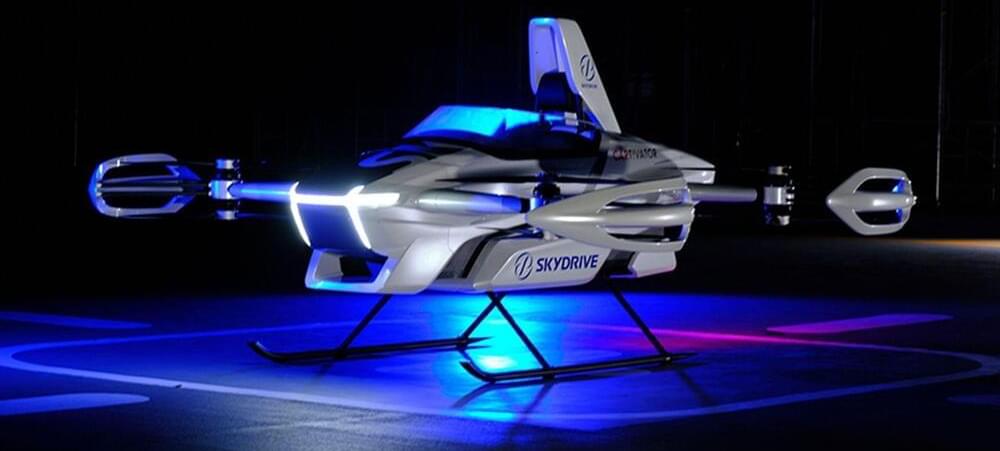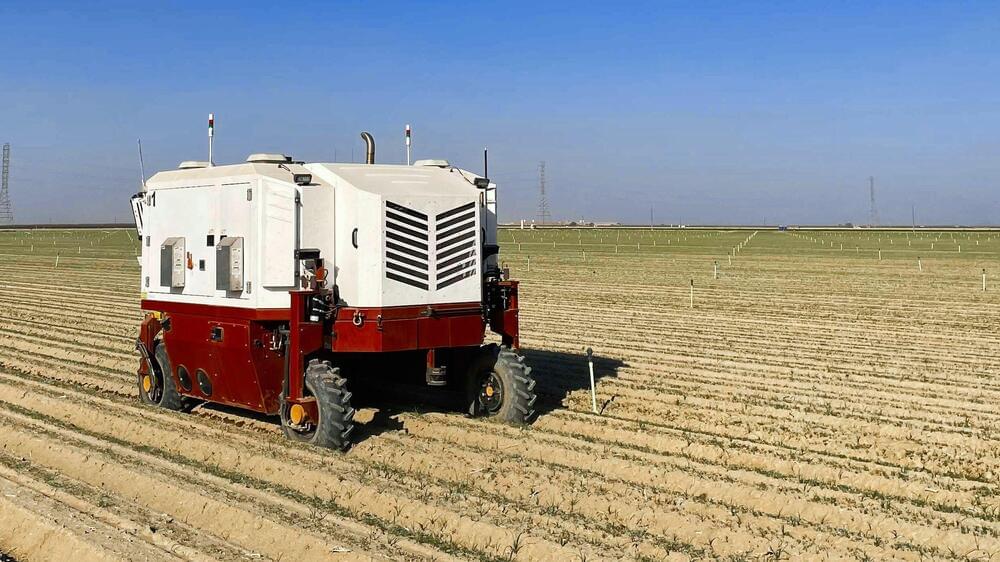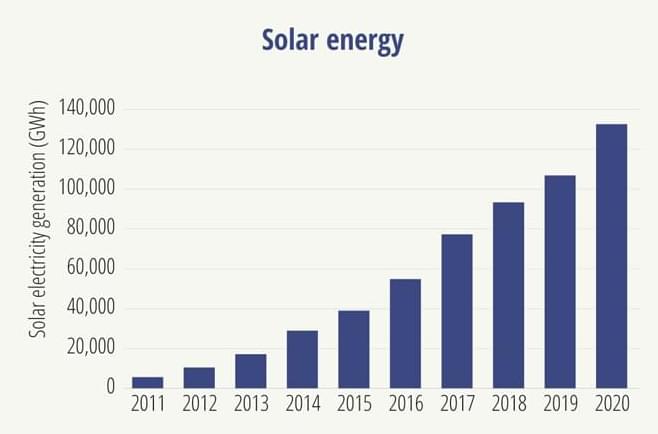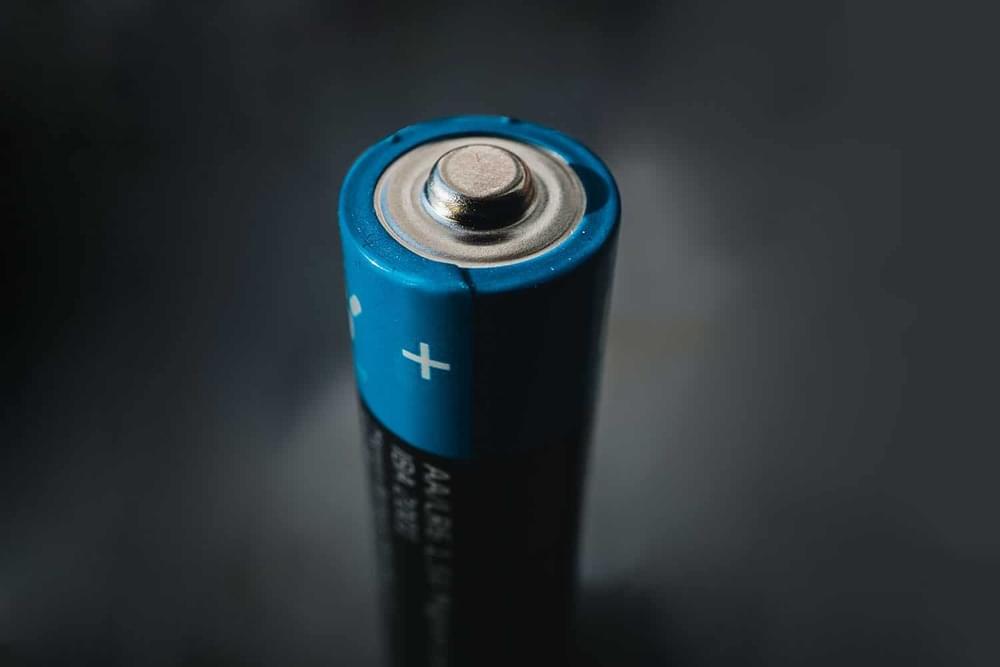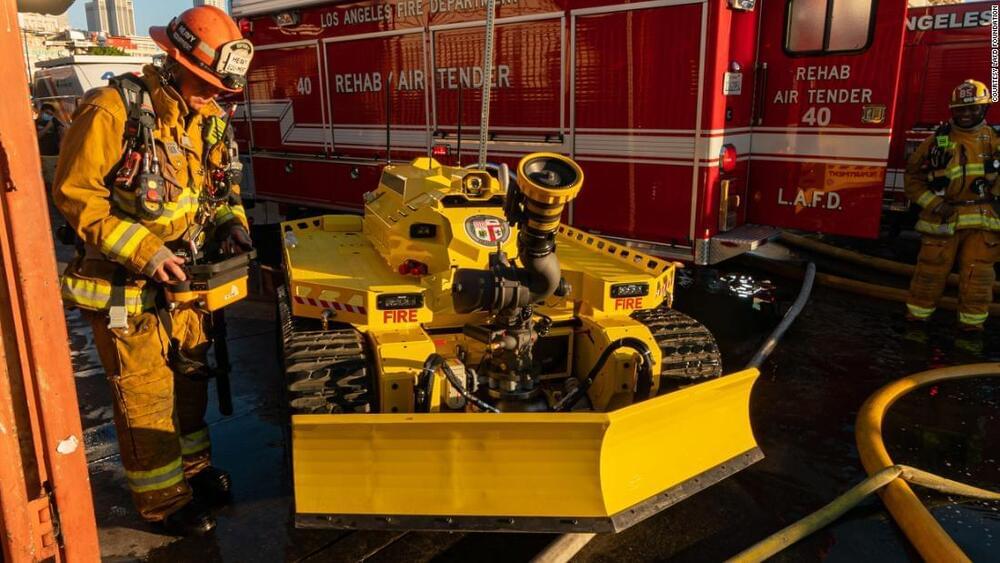Nov 12, 2021
Hyundai’s new Supernal to lead charge into AAM future
Posted by Shubham Ghosh Roy in categories: engineering, sustainability, transportation
South Korean transportation giant Hyundai has announced the creation of an advanced air mobility (AAM) company, Supernal LLC. The company will pursue the development of next-generation passenger electric vertical takeoff and landing (eVTOL) vehicles, and aims to conduct its first commercial flight in 2028.
“We’re developing a commercially viable Advanced Air Mobility product from the start, designing and manufacturing our vehicle to the highest safety, noise, efficiency, and affordability standards,” said Ben Diachun, Supernal’s chief technology officer. “Our growing team, which includes veterans of aerospace, automotive, and other deep-tech industries, is engineering sustainable vehicles that have the potential to evolve how we live, work, and play.”

